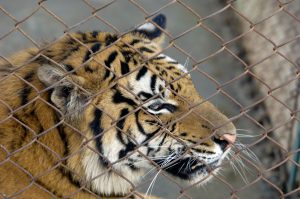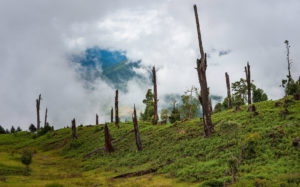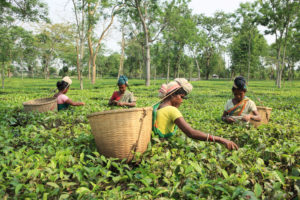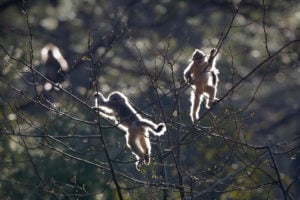In late March, Dalli Rawat went into Bardia National Park in western Nepal to forage for vegetables. As Rawat, a 62-year-old local villager, bent over to pick up fiddlehead ferns, she was attacked by a tiger. The three people she was with had to run for their lives. When they returned with army officials, it was to recover her partially eaten body.
Nepal’s population of endangered Bengal tigers is on the rise. The last tiger census in 2018 estimated there were 235 tigers in the country – up by 94% on the first count of 121 in 2009. The 2018 census found nearly 87 Bengal tigers in Bardia National Park, the country’s largest, up from 18 in 2009.
The country is on track to become the first to double its wild tiger population – a target adopted by 13 tiger range countries at a meeting of the Global Tiger Initiative in 2010. In the decade before 2019, no human fatalities associated with human-tiger conflict were reported in the district of Bardia, in southwest Nepal: a remarkable conservation success story.
But recently that seems to have changed. In the past nine months, 10 people have been killed by tigers within the park’s territory.
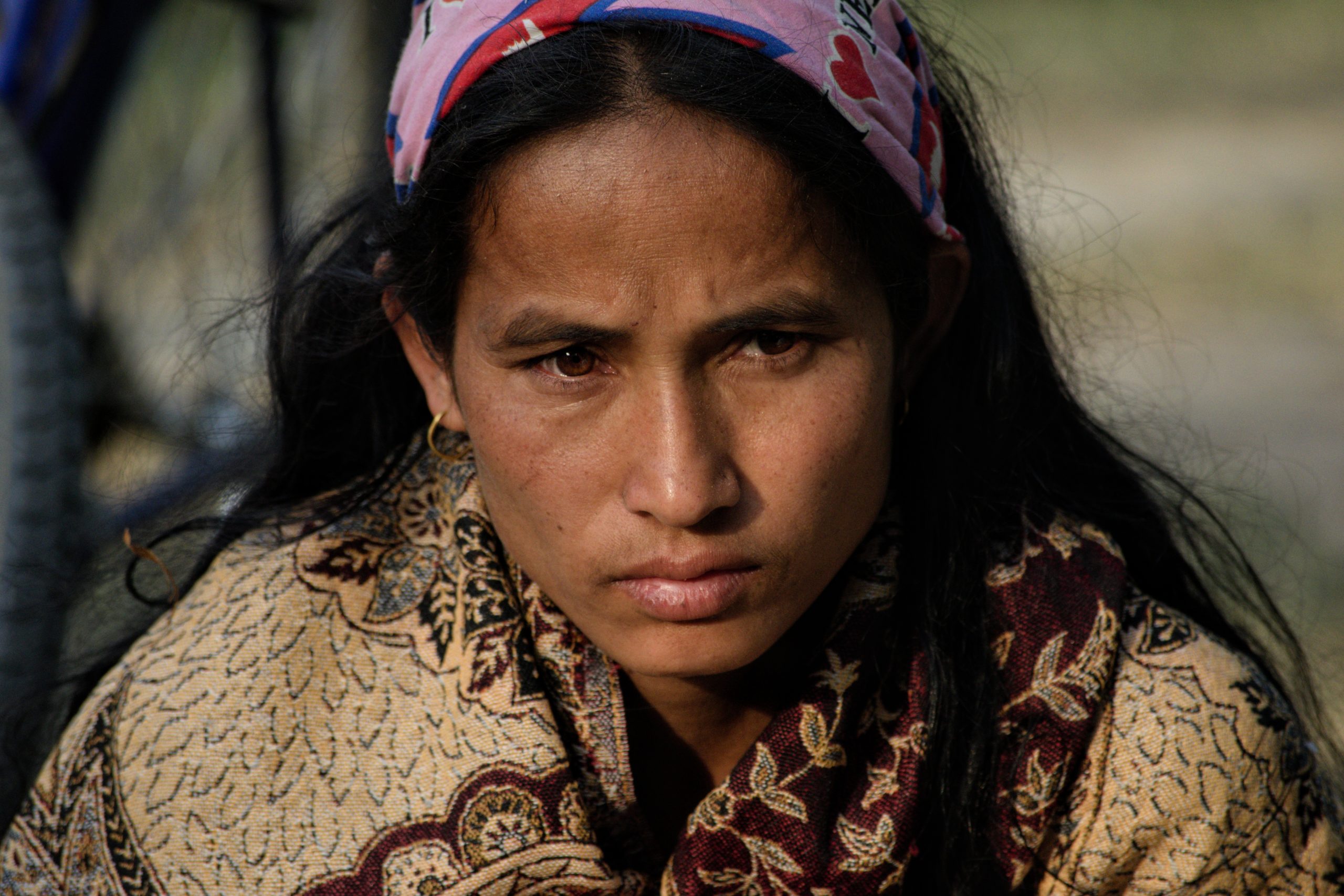
Rawat lived in the village of Mohanpur, in Thakurbaba municipality. Her daughter-in-law, Bhawana Rawat, is now struggling with grief and economic hardship. “With my husband, who is a migrant worker, stranded in Malaysia, I feel insecure,” she says. “Our lives depend on the forests, and now I’m terrified even to go near them.”
The tracks and sounds of tigers instil fear among the villagers living in the municipalities of Madhuban, Geruwa and Thakurdwara. “We feel we are in constant danger,” says Dev Chaudhary of Bethali village. “Some years ago, we feared rhinos and elephants. Now, it’s the tigers.”
Park closed off to prevent tiger attacks
To prevent more attacks, the park authorities have placed a number of restrictions on residents. Since January, pedestrians and two-wheel vehicles have not been allowed to use the highway in the Amreni-Chisapani section of the park. Sections of the buffer zone around the park where tiger sightings have been frequent, including the Khata biological corridor and Samjhana community forest, have been closed off.
What is a buffer zone?
A zone around a protected area where villagers have greater rights to forest resources than in the core protected area
In Geruwa municipality, where three of the 10 killings happened, a 20km wire fence has been put up around the village. The national park has also halted tourist activities like walking safaris to ensure the safety of tourists and guides, and park officials have barred people from entering the forest alone to collect fodder and wood.
More tigers, more attacks?
The deaths have coincided with an increase in tiger sightings in human settlements. Conservation experts say there are several complex issues at play.
“Not every tiger is a man-eater. But as the numbers of tigers rise, there is an increased risk of attacks that can happen when old and weak tigers roam around in search of new territory and prey – wild pigs, cattle, buffalos and sometimes people,” says Ashim Thapa, information officer at Bardia National Park. “And some other attacks happen as a result of errors when humans enter the tiger’s territory.”
Bardia can support a large tiger population in its 968 sq km territory, including the buffer zone forests. Studies have shown that adult male Bengal tigers in Nepal can adapt to a home range of 5-20 sq km. “Elsewhere, tigers seem to require a larger territory of 60-100 sq km,” says Thapa.
“Based on the home range size, doubling the tiger population is possible,” says Amy Fitzmaurice, a wildlife researcher at the University of Oxford who works on human-tiger conflict in Bardia. “Research has shown there is abundance in wild prey and territory to support large carnivore populations.”
Did you know…
Bardia National Park is 1.3 times the size of Singapore
The park has acknowledged villagers’ anguish, including organising a programme to understand their perception of the tiger attacks and advise them on ways they could protect themselves and their livestock, but have said it is too early to tell what is driving the spike in the attacks. “The reality on the ground is more complex”, says Rabin Kadariya, the head of NGO the National Trust for Nature Conservation (NTNC) in Bardia. “The conflict is likely the result of a combination of factors. There is not one single solution. Urgent, decisive action to either remove the tiger or encourage local people to change their behaviour to reduce the risk of conflict is important.”
Droughts drive human-wildlife conflict
The Geruwa river, which forms the western boundary of Bardia National Park, is an important source of water for wildlife, while the forests along the riverbank provide habitat.
“Over the past few years, the Geruwa river has been changing its course,” says Thapa. “As a result of 15 years of mining of rocks and sand near the Chisapani headwaters, the water levels have declined sharply.”
Droughts during the dry season have led to wild animals, including tigers, entering human settlements in search of water. Low water levels have also made it easier for villagers to cross the river and enter the forest.
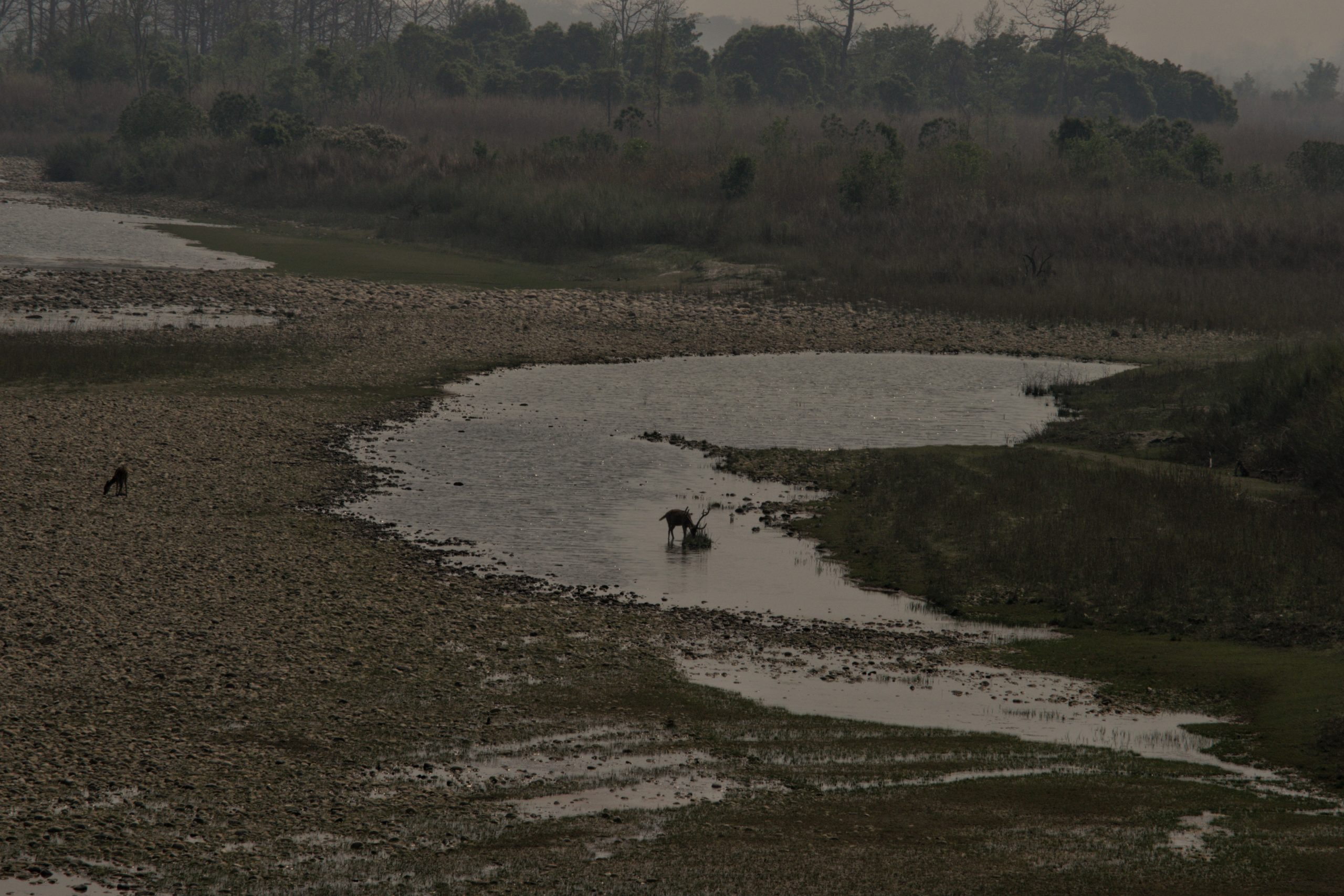
In response to the ongoing water crisis, the national park has constructed around 152 artificial ponds and solar pumps since 2015.
“Still, it hasn’t been proven sufficient to address the ongoing issue. The water crisis seems to be getting worse. With the ongoing construction of the Ranijamara irrigation canal and the multi-basin irrigation and hydropower project at Babai [upstream of Bardia National Park], the crisis will be aggravated in the future,” says Kadariya.
The local community has demanded authorities to halt the mining to improve the flow of water in the Geruwa river. Authorities for rural municipalities have said that stricter regulation to control the mining is underway.
Impacts of Covid-19 on local livelihoods
In one survey, a large proportion of people in Bardia stated that poverty was a primary reason for entering forests. They depend on the forests to gather firewood, fodder and timber. Covid-19 has exacerbated poverty pressures, while a lack of tourists and the halt to walking safaris has meant a loss of income for local guides.
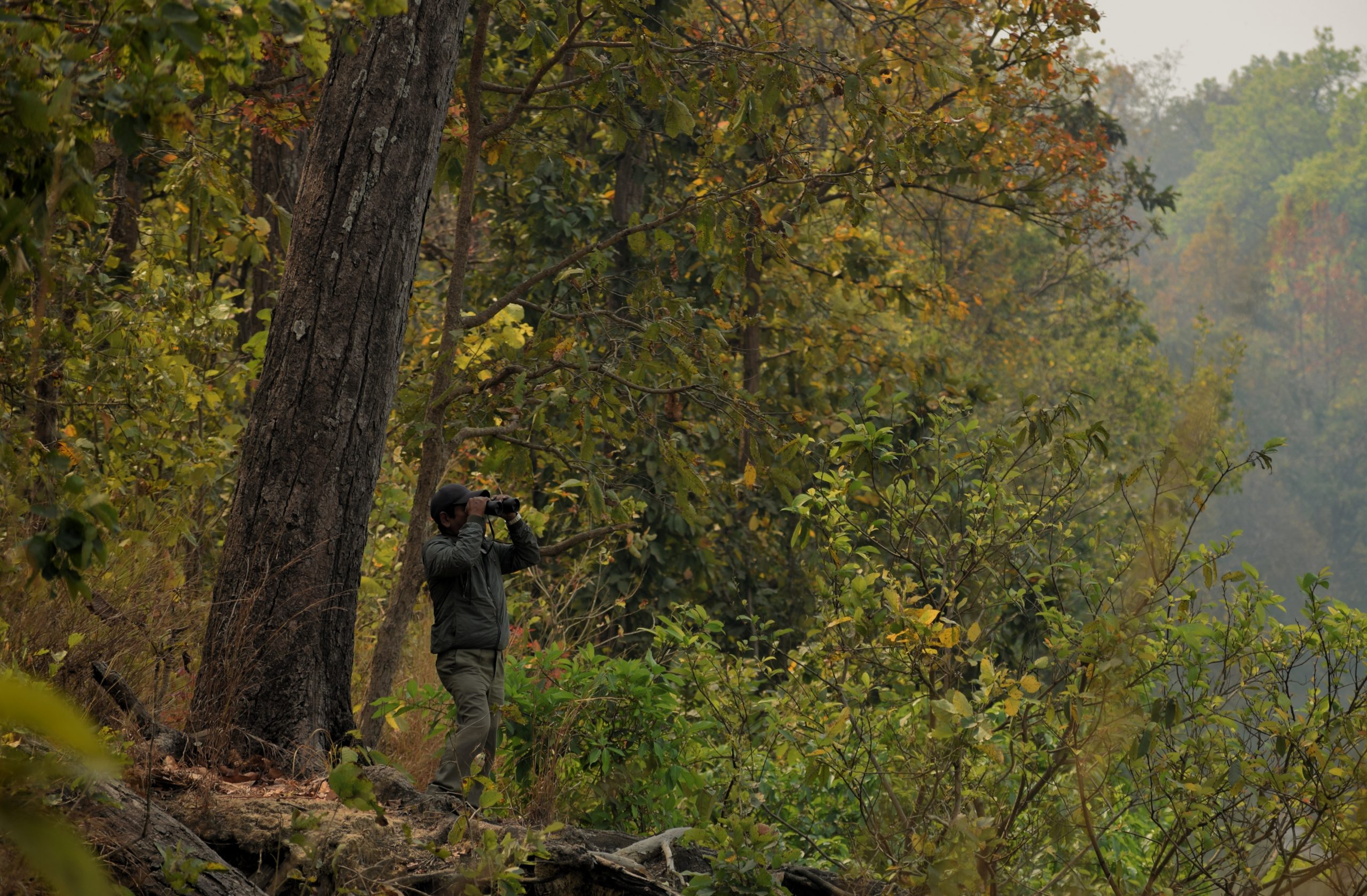
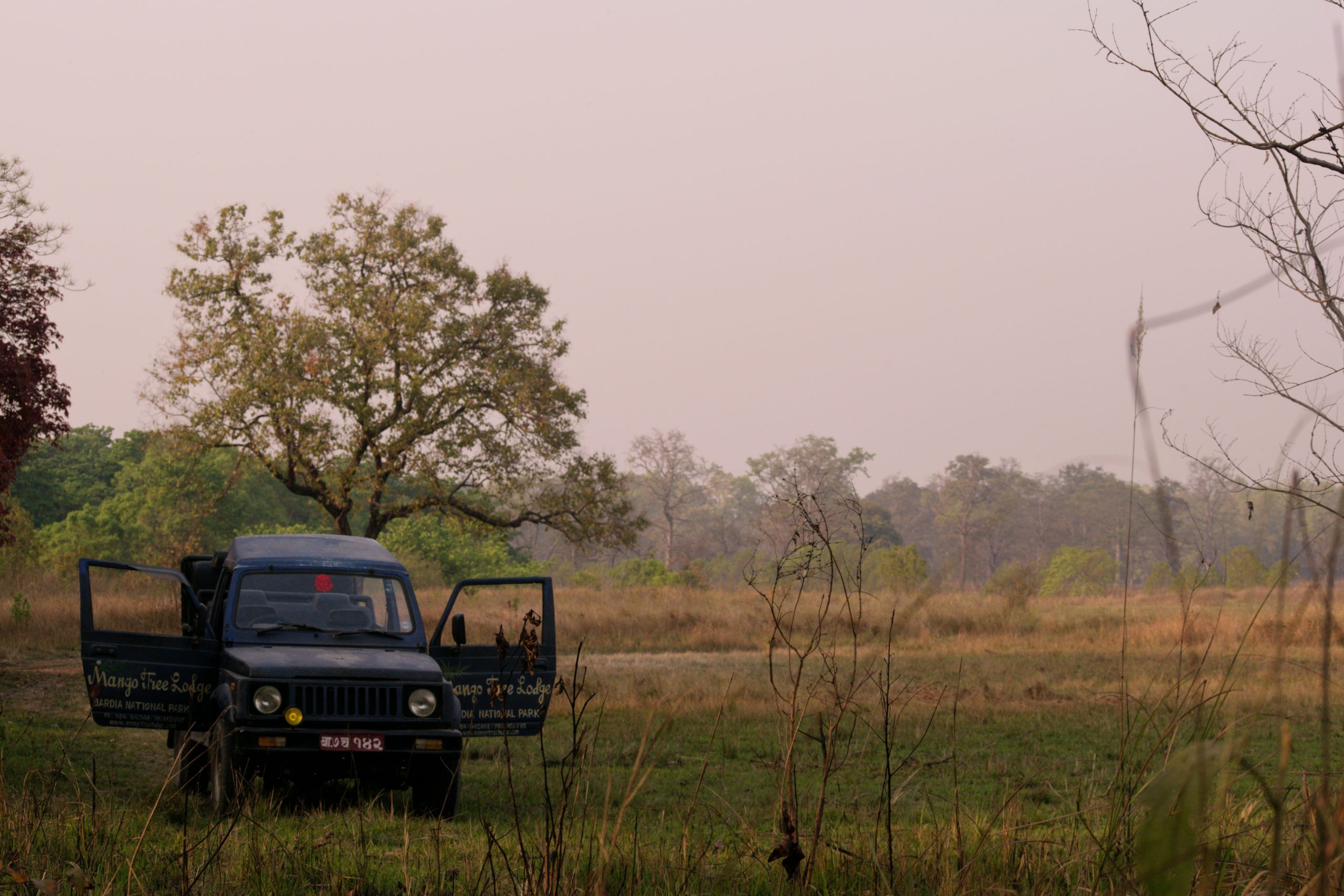
Jaishara Bhandari, 68, from Mohanpur near the national park, was with Dalli Rawat in the forest on the day of the fatal attack. Despite access to the forest being restricted, Bhandari frequently enters it to cut grass for her livestock because she has no other livelihood.
Like Bhandari, many villagers put their lives at stake to gather resources from the forest, despite the risk of wildlife encounters and legal action by the park authorities.
“While there is no clear scientific evidence of Covid-19 and its link with the wildlife conflict, it’s quite obvious that when people go back to the villages, because of their movement and presence, the chance of interacting with the wildlife increases”, says Kumar Paudel, a wildlife crime researcher.
Paudel adds that it is necessary to find a way to decrease locals’ dependency on the forests by creating new opportunities. He says the solution involves working with the local communities, integrating them into conservation efforts instead of displacing them.
Elsewhere in Nepal and India, various programmes seek to reduce the chance of humans and wild animals coming into contact. These can involve planting for firewood, fodder and timber in buffer zones, or giving people free access to biogas. Park authorities are considering distribution of supplies as a measure to reduce the risk of tiger attacks in Bardia, Thapa told The Third Pole.
Both wildlife and people have to adapt for coexistence to be possibleAmy Fitzmaurice, wildlife researcher at the University of Oxford
Research to enable coexistence
In a recent report, Fitzmaurice and her team urge for current levels of human-tiger conflict in Bardia and neighbouring Banke National Park to be better understood and mitigated. If not, they write, “there is an obvious risk of escalation”.
With park authorities under pressure to take immediate action, preparations are being made for a carrying capacity assessment for tigers in Bardia National Park.
In the census, the number of tigers in Bardia National Park is counted. This takes place every three to four years, with the next due in late 2021.
Carrying capacity is determined through an ecological study. It assesses the population of organisms that can be sustained at a steady state considering the resources available in the ecosystem.
This is the first time a carrying capacity assessment has planned for Bardia National Park. The park authorities have acknowledged that ideally the study would have been carried out before the project to double Nepal’s tiger population began.
In addition, a team of conservationists from NTNC, Bardia National Park, the International Union for Conservation of Nature and Michigan State University has launched a study into the movement and behaviour of tigers in the park. The team plans to install radio collars on the tigers to track their activity and identify tigers causing conflict; they would then be relocated.
Meanwhile, the park authorities, in collaboration with NTNC and the Zoological Society of London, are carrying out campaigns in communities across Bardia district to promote behaviour that will help to promote coexistence.
“Conflicts occur when people and wildlife use the same spaces and are not effectively adapting to live together. Both wildlife and people have to adapt for coexistence to be possible,” Fitzmaurice says.


![A wild Bengal tiger in Bandhavgarh National Park in Madhya Pradesh [Image by: Mark Smith/Alamy]](https://dialogue.earth/content/uploads/2015/01/wild-tiger-300x200.jpg)

